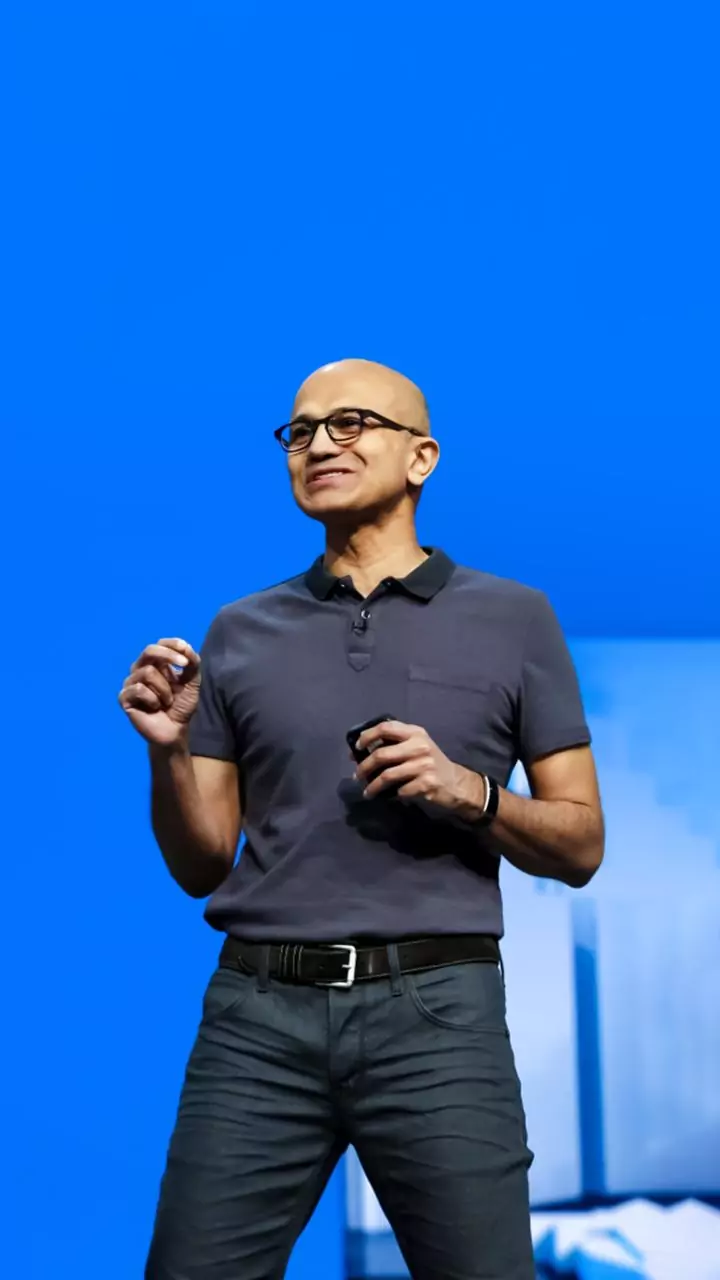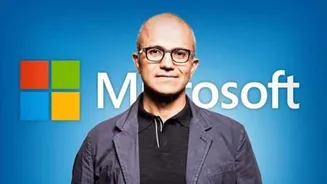A Staggering Sum
The remarkable earnings of Satya Nadella, the Chief Executive Officer of Microsoft, have recently captured attention. His total compensation package reached
an impressive $96 million. This substantial amount brings into focus the financial aspects of leadership within the technology sector. It underscores the financial scale at which major tech companies operate and the potential for vast rewards for those at the helm. The magnitude of this figure sparks immediate curiosity, prompting questions about the components of his pay and the factors that led to such a valuation. This revelation provides an opportunity to delve into the intricacies of executive compensation.
Executive Compensation Explained
Understanding Satya Nadella's pay necessitates a look at the typical components of an executive compensation package. The $96 million likely comprises several elements. A significant portion usually comes from stock awards, offering a financial incentive tied to the company's performance. Base salary forms another component, providing a regular income. Additionally, performance-based bonuses are common, rewarding executives for meeting specific goals and targets. Other elements such as benefits and various perks are also frequently included. The balance between these components can vary based on the company's financial health, performance, and strategic priorities. This structure serves to align the executive's interests with the company's success.
Industry Context & Factors
Analyzing Nadella’s compensation necessitates placing it within the broader context of the tech industry. Executive pay in the tech sector frequently surpasses that of other industries. This is partly due to the high-stakes environment where innovation, market dominance, and rapid growth are crucial. Several factors contribute to these elevated compensation levels. Leadership skills are highly valued, and attracting top talent often requires substantial financial incentives. Furthermore, the strategic impact a CEO can have on a large, multinational corporation like Microsoft is significant. Performance metrics, stock performance, and company profitability all contribute to the final pay. This context is important for comprehending the financial incentives and dynamics at play.
Impact and Implications
The announcement of Nadella's $96 million pay package carries broader implications. It fuels discussions on corporate governance, pay equity, and the gap between executive and average employee compensation. The sheer scale of such figures can provoke public scrutiny and raises questions regarding the fairness and sustainability of these financial arrangements. Moreover, it encourages stakeholders to analyze the relationship between executive pay and company performance. Investors, employees, and the public scrutinize these figures, seeking to understand whether the rewards are justified by the leadership's actions and contributions. It also pushes companies to transparently justify their compensation structures and provide compelling explanations for the reasoning behind these high valuations.














